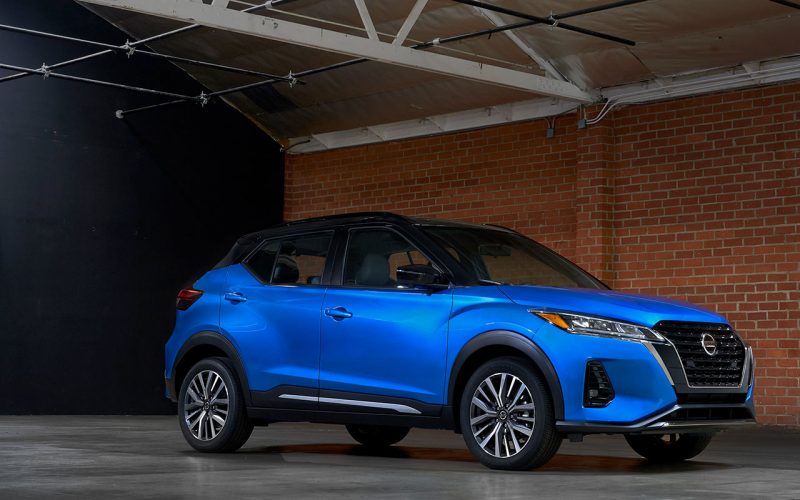
Reading Time: 5 minutesRemember the Micra? How about the Versa Note? Both were subcompact hatchbacks from Nissan, and both
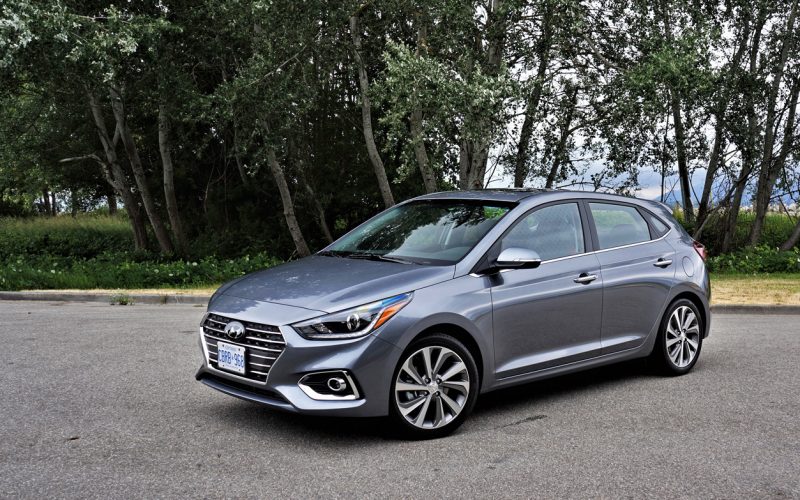
Reading Time: 12 minutesHyundai’s popular Accent hasn’t changed all that much since generation-five was introduced for the 2018 model
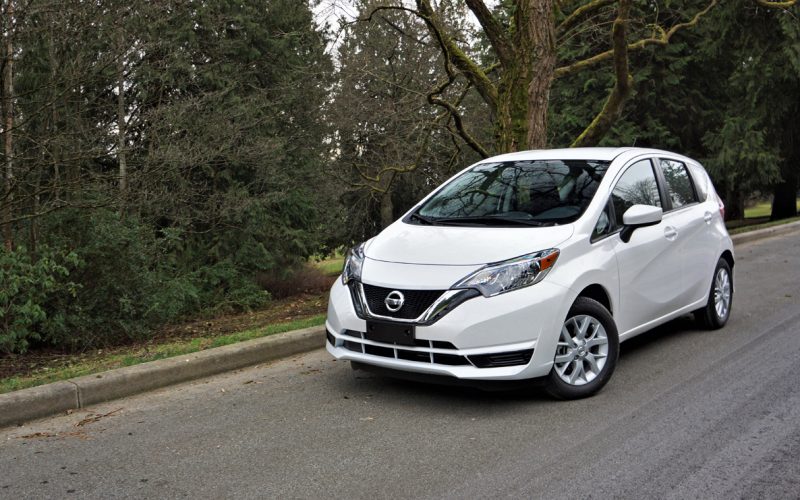
Reading Time: 9 minutesHow do factory leasing and financing rates from zero percent sound to you? That’s what Nissan
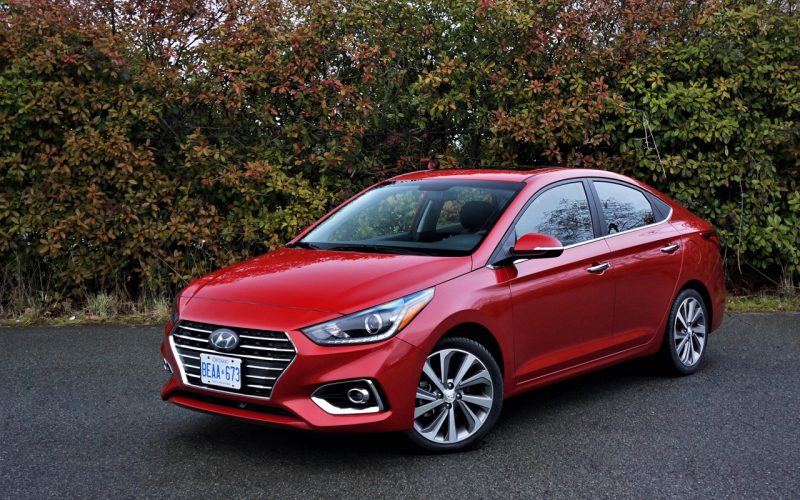
Reading Time: 11 minutesWell you’ve gone and done it now Canada. You lost your love for the Hyundai Accent
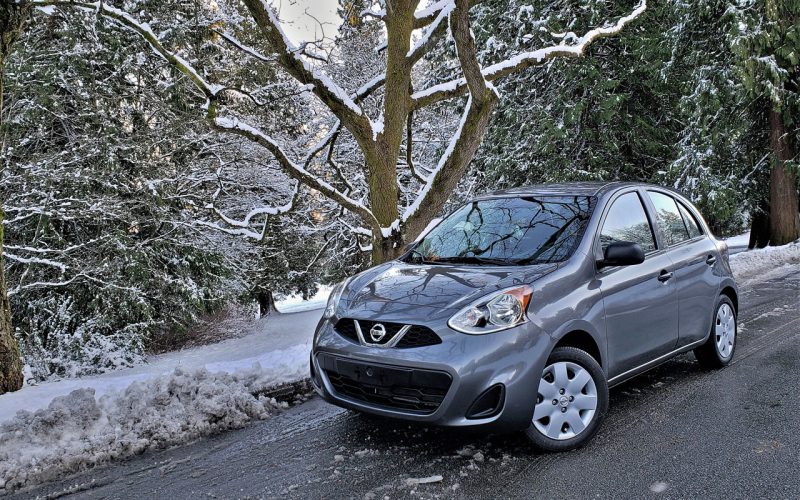
Reading Time: 13 minutesIt’s not too often that the cheapest and stingiest choice ends up being the most enjoyable,
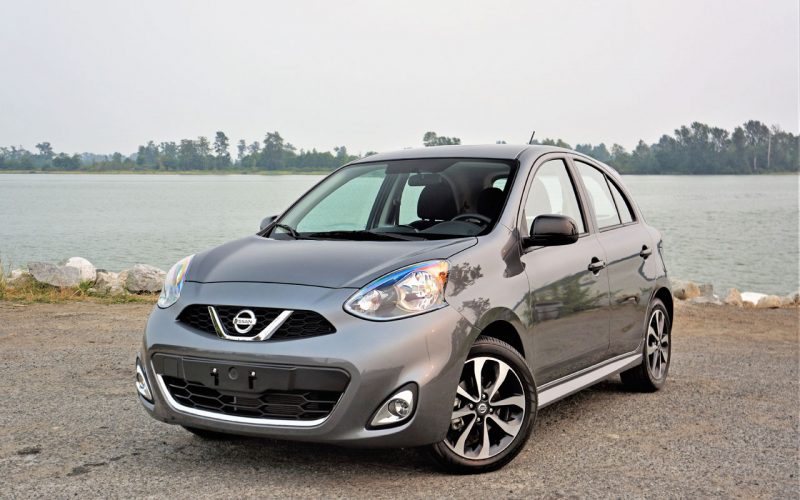
Reading Time: 6 minutesListen up. Just in case you haven’t already heard, there’s no better new car for your
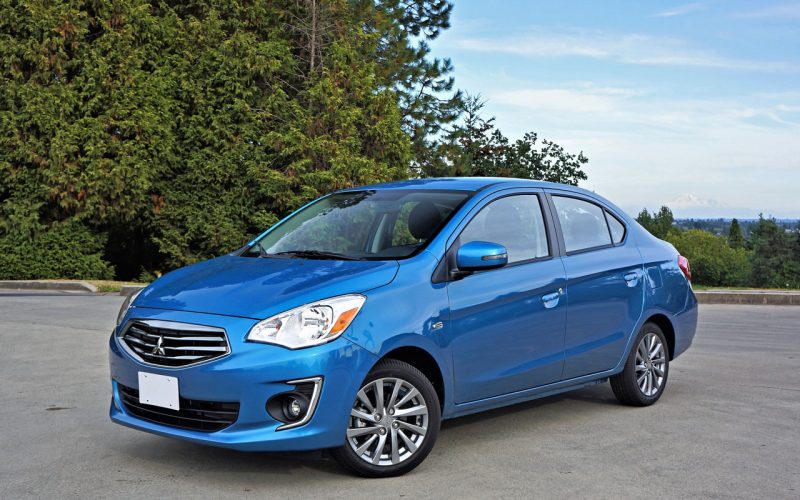
Reading Time: 3 minutesCars don’t come more basic than the Mirage in Canada, but here at TheCarMagazine.com we celebrate
© 2025 The Car Magazine. All Rights Reserved, Privacy Policy | Terms of Use